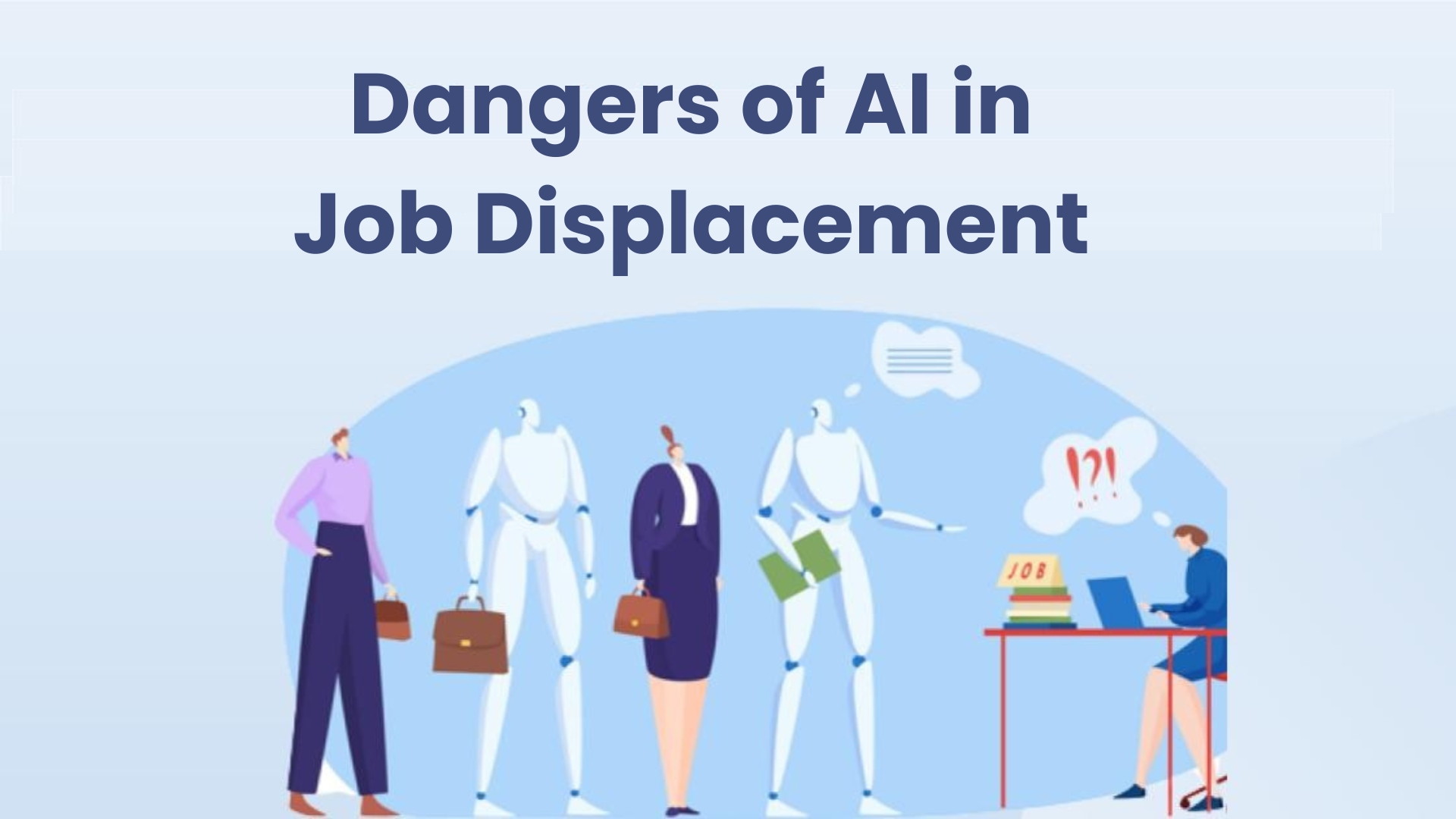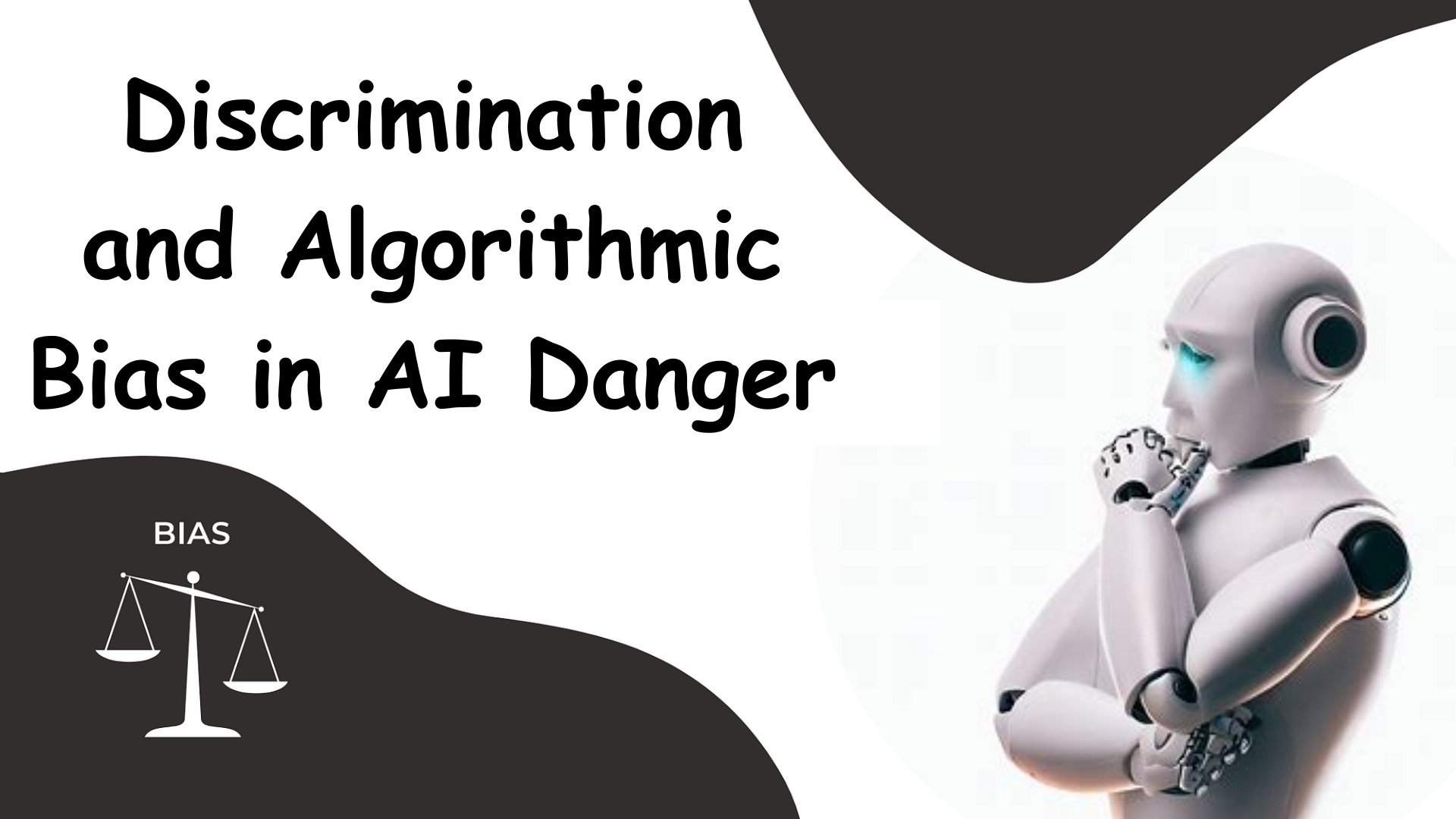Dangers of Artificial Intelligence in 2024 and Next. To be sure, AI doesn’t pose any inherent danger to humans. However, its misuse might have grave consequences like any other potent instrument. Some of the most often voiced worries include the potential for algorithmic biases, privacy breaches, job displacement, and the misuse of autonomous weaponry and surveillance systems. How AI is developed, regulated, and used by humans is crucial. Integrity in AI research and development requires open-source algorithms, protections against misuse, and moral guidelines. Ultimately, it is up to humans to ensure AI helps people and doesn’t hurt them.
Issues Caused by Artificial Intelligence
Artificial intelligence (AI) has undeniably improved and streamlined many parts of our lives. However, there are downsides to its extensive use that must be carefully weighed. In 2015, several prominent figures in the computer industry—Steve Wozniak, Elon Musk, and Stephen Hawking—signed an open letter that called for a thorough investigation into the societal impacts of artificial intelligence.
Concerns regarding the ethical implications of autonomous weapons in armed conflicts and the security of self-driving cars are among the topics brought up. Worryingly, the letter foretells a future when humans are careless with AI and its aims and functions and even lose control. From ethical challenges to socio-economic disruptions, AI’s impact is not without its negative implications.
Job Displacement

The automated capabilities of AI threaten traditional work responsibilities in many different industries. Manufacturing, customer service, data entry, and even niche professions like accountancy and law can all see AI-powered systems displacing human workers in routine tasks. Retraining new skills and adjusting to a new environment may be necessary if this relocation leads to unemployment.
Inequality of Income
Inequality in wealth could widen due to AI implementations—companies without the capital to invest in artificial intelligence struggle to compete with their larger counterparts. Disparities in access to AI-powered products could widen the wealth gap between large companies and individuals or smaller firms.
Privacy Concerns
Machine learning systems collect and analyze vast amounts of data. Because of this dependence, major privacy concerns arise. The risk of data breaches and misuse is heightened by AI systems’ massive accumulation of personal data. Any breach of confidentiality or unethical use of personal information threatens its security and privacy. Example: Meta’s AI algorithms were under fire for how they handled user data and whether or not they violated users’ privacy.
Discrimination and Algorithmic Bias

Artificial intelligence algorithms may perpetuate societal prejudices since they are trained using preexisting data. This bigotry manifests itself in a variety of ways, including unfair hiring practices and biased court decisions. The unfettered use of AI systems could exacerbate existing disparities and lead to biased outcomes by giving voice to societal biases. Also, there have been instances of gender and racial bias in face recognition systems. Researchers discovered that some systems had a higher rate of incorrectly identifying people of particular ethnicities.
Ethical Dilemmas
Dangers of Artificial Intelligence: AI brings up intricate ethical concerns. For instance, driverless vehicles provide moral challenges regarding decision-making in potentially fatal scenarios. Ethical considerations regarding the potential for autonomous weaponry and the unpredictability of conflict escalation arise with the development of AI-powered weapons.
Autonomous Weapons
Combat changes are becoming more concerning with the introduction of AI-driven autonomous weaponry. There are serious ethical and practical concerns with people operating these robots autonomously. Concerningly, combat decision-making does not involve any human monitoring. Concerns over these weapons’ capacity to identify moral or ethical issues in tumultuous circumstances are heightened by speed and autonomy.
AI in Warfare
Additionally, there is a high probability that the deployment of AI systems in combat may escalate tensions due to their speed of decision-making. A lack of well-established international norms regarding the use of AI in conflict compounds these uncertainties, underscoring the critical need for moral principles and multinational agreements to mitigate hazards.
Deepfake and AI Abuse
Deepfake technology has unique technical capabilities but can compromise truth and authenticity in many ways. These synthetic media products can pass for real, and their lifelikeness puts the authenticity of information at risk. The misuse of deepfakes to spread misinformation and propaganda is a major cause for worry. Bad actors can manipulate public opinion, sow discord, or damage reputations by using this technology to manufacture tales.
Dangers of Artificial Intelligence: The fact that deep fake technology can alter people’s voices and photographs or create sexual content is also a cause for concern because it breaches people’s privacy. Countering the spread of deepfake content is becoming more complex due to the difficulty distinguishing between real and fake productions. To ensure that media and information sharing remain credible and authentic, there is an urgent need for innovative detection tools and stringent regulations.
Environmental Impact
Significant processing capacity is needed to handle the computational needs of AI, particularly for deep learning algorithms. The environment is stretched due to this demand, rising energy consumption, and carbon emissions.
Is it Possible for AI to Replace Humans?

By 2030, the anticipated $100 billion global AI market is predicted to have risen twenty times to over $2 trillion, according to Statista.com. AI has developed swiftly, becoming proficient in data analysis, task automation, and decision assistance. However, its capacities are insufficient to mimic the depth and breadth of human abilities. In addition, artificial intelligence lacks humans’ creativity, emotional intelligence, and adaptability, but it is proficient in specific domains like manufacturing and medical diagnostics.
Crucially, AI owes its existence and evolution to human creativity. AI systems are built and created by humans; hence, they are limited in what they can achieve. They cannot mimic the emotional nuances, inventiveness, or intuition that distinguish human intellect. While Google’s DeepMind, for instance, may be able to reliably diagnose eye disorders and help with early medical intervention, human skills envisioned and created such AI systems.
Moreover, AI can still not equal human social and emotional intelligence, complicated ethical reasoning, contextual awareness, adaptability, or leadership. Dangers of Artificial Intelligence: AI is efficient in specialized jobs, as evidenced by Amazon’s deployment of AI-driven robots to streamline warehouse operations. These are only a few instances of the practical applications of AI. However, these AI applications’ conceptualization, design, and ethical considerations are still human undertakings.
Because AI is adept at processing massive amounts of data and humans are skilled at creativity, empathy, and complicated decision-making, working together frequently yields the best outcomes. The particular features of human cognition, anchored in experiences, emotions, and contextual knowledge, currently make complete replacement by AI an improbable possibility.
AI Risks: What’s the Solution?
Addressing the problems connected with AI requires a holistic approach focusing on ethical considerations, legislation, and responsible development. Building robust ethical frameworks emphasizing accountability, justice, and transparency is vital. Rules must be created to ensure that AI systems respect moral standards and decrease prejudice and discrimination.
Furthermore, fostering cooperation between legislators, technologists, ethicists, and stakeholders might help establish legislation prioritizing people’s safety and well-being. It involves oversight measures, audits, and constant monitoring to guarantee these requirements are followed.
AI biases can be mitigated by creating inclusive and diverse development teams. The ethical application of AI should be addressed in education and awareness initiatives. To maximize the benefits of AI while reducing its risks, a communal effort involving moral norms, legislative limits, varied opinions, and ongoing assessment is required.


